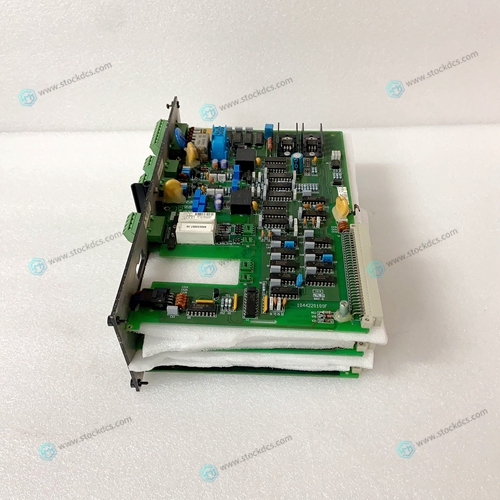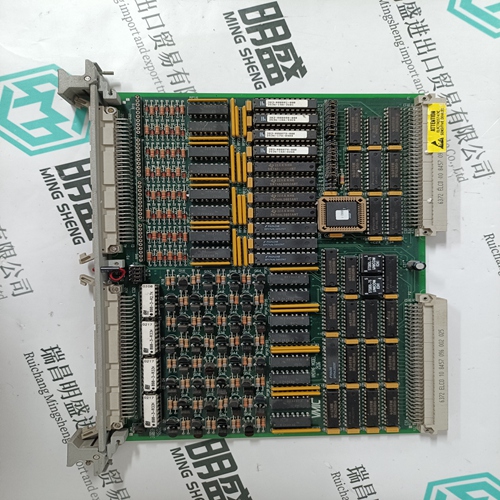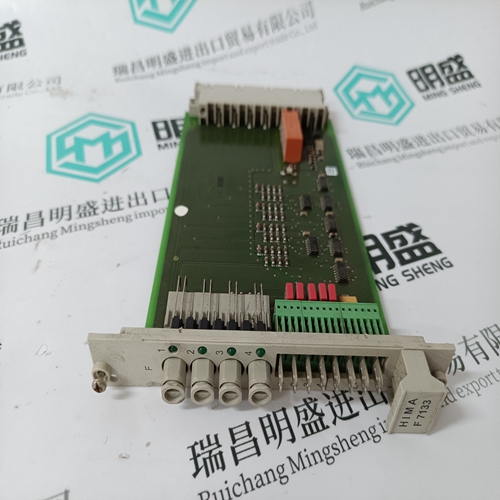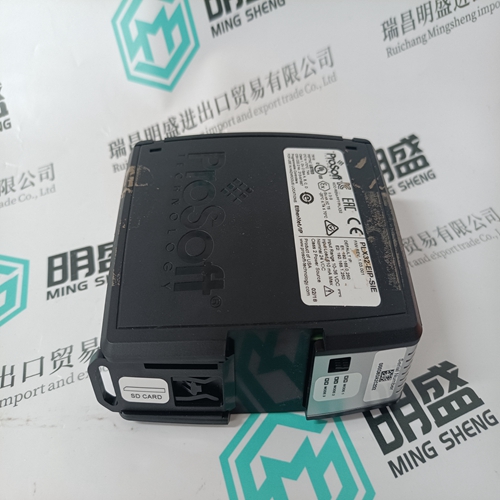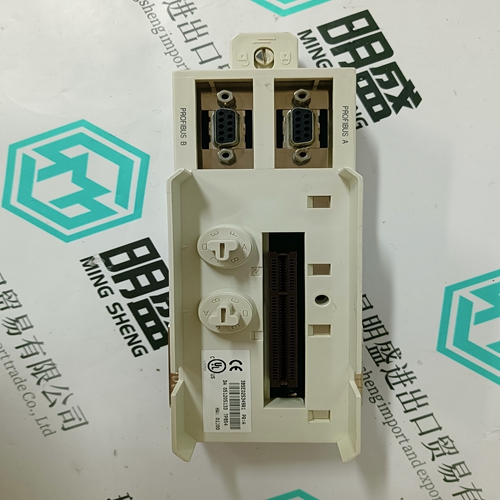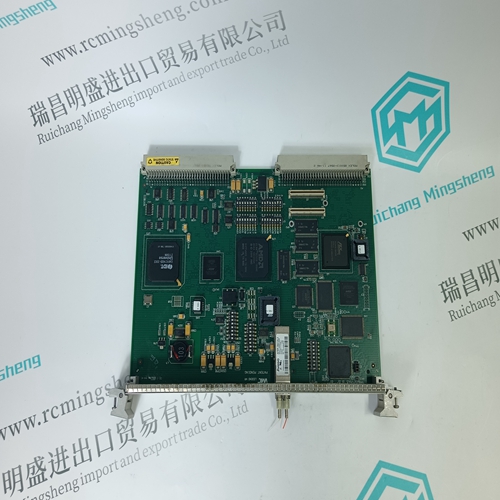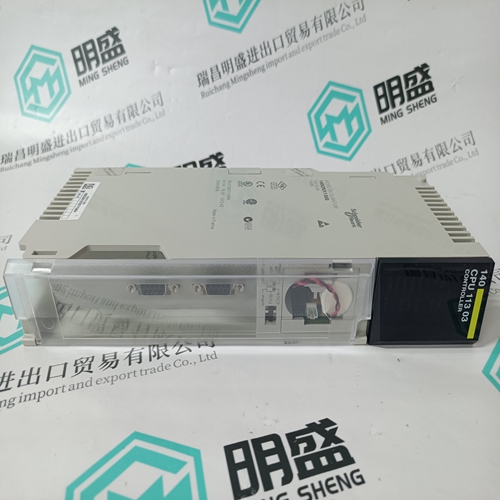Home > Product > Servo control system > DEIF IFM5.1 controller
DEIF IFM5.1 controller
- Product ID: IFM5.1
- Brand: DEIF
- Place of origin: The United States
- Goods status: new/used
- Delivery date: stock
- The quality assurance period: 365 days
- Phone/WhatsApp/WeChat:+86 15270269218
- Email:stodcdcs@gmail.com
- Tags:DEIFIFM5.1controller
- Get the latest price:Click to consult
DEIF IFM5.1 controller
The bus interface tests the bit in the CD enabling list related to the transmitter block after the first transfer element has been received. The message is rejected (second and subsequent transfer elements are not accepted) if this bit is “0”. It is always “0” for NV24 and bus coupler units. If this bit is “1”, the N8 always accepts the message. The N16 accepts it depending on the CD cycle counter and the CD selection list. The message is subsequently transferred into the respective subsystem by N8 and N16. The CD message is transferred via the bus once only, regardless of
– the number of receivers
– transmission failures – operating conditions “buffer on local bus interfaces/subsystems full or disabled”
The multiple address request (request 2) is used for handling DI communication.
One transmitter block (BKS, AKS, ZKS, MKS) can specify up to 6 target addresses in the request. All target addresses are transferred first when transmitting the DI message via the bus. The address of the bus coupler responsible for the message routing precedes an external bus address. Each bus interface tests whether the address of this address element string is present. The message body will not be accepted by this interface if the bus interface address cannot be detected. The subsystem–internal address of each of the maximum of 6 associated receiver blocks (BKE, AKE, ZKE, MKE) is stored in the transmitter block (BKS, AKS, ZKS, MKS). Within the request, these 6 addresses are accepted and transmitted by the transmitter bus interface. Each of the maximum of 6 receiver bus interfaces eliminates the addresses, which are not significant for the associated subsystem, from the DI message. Only the significant address is transmitted to the specific subsystem.
A DI message can be transferred with or without acknowledgement.
Transfer without acknowledgement involves the same procedure as for CD messages. The message is transferred once only, regardless of any transmission failures or the occurence of the operation conditions “buffer on local bus interfaces / subsystems full or disabled” . If transfer with acknowledgement has been selected, the transmitting local bus interface obtains acknowledgement from all receivers. Acknowledgement from the first receiver is transmitted automatically, whilst acknowledgements from the subsequent receivers are polled by the transmitting local bus interface using short messages (1 request transfer element + 1 acknowledgement transfer element). Transfer to receivers sending a negative acknowledgement or no acknowledgement at all is repeated if a malfunction has occured. The number of repetitions is specified by the subsystem in the initialization parameterization (transmitter control block).






after-sale service
Focus on sales of imported industrial automation equipment
1 year professional warranty service
Our large inventory contains current and outdated products in the automation industry, if you are looking for new leftovers Products. We are knowledgeable and friendly about all outdated and legacy automation, our remaining products or discontinued parts Our internal team tests each part before delivery. Good colleagues can help you get what you need,All parts sold by AMIKON are actually in stock. With our competitive prices, we will This makes emergency transportation a solution to emergency shutdown. Haodi provides you with the necessary parts inventory A simple solution to the situation.
